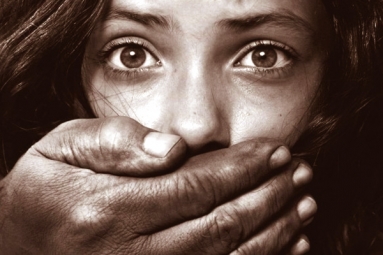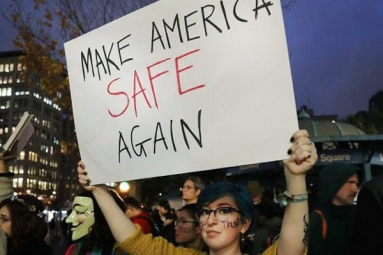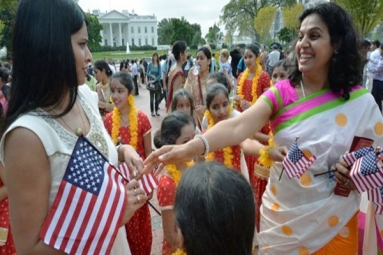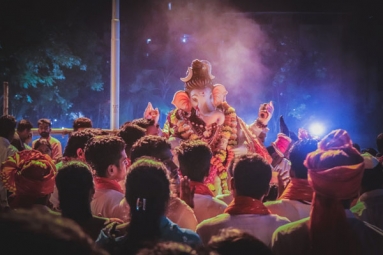
(Image source from: Ap7am.com)
A new working paper by the Economic Advisory Council to the Prime Minister reveals that while the share of Hindus in India's total population decreased by 7.82% between 1950 and 2015, the share of Muslims increased by 43.15%. The paper, titled "Share of Religious Minorities: A Cross-Country Analysis (1950-2015)," did not provide specific numbers but suggests that diversity is being fostered. However, the methodology behind the 2015 numbers is unclear, and the last census was conducted in 2011 with the next one due in 2021. Additionally, the share of Jains decreased from 0.45% to 0.36% during the same period, while the share of Christians increased by 5.38% from 2.24% to 2.36%.
From 1950 to 2015, the Sikh population in India experienced a 6.58% increase in their share, while the Parsi population saw a significant decline of 85%, reducing their share from 0.03% to 0.004% in the same time period. This data highlights the importance of creating an environment that supports diversity, as disadvantaged groups cannot thrive without societal support. As the percentage of minority groups increases and the majority decreases, it is clear that policies and societal processes are fostering diversity in India. In line with global trends, India has also seen a 7.82% reduction in the share of the majority religious denomination.
In a neighborhood where the majority religious denomination has grown and minorities have decreased across countries like Pakistan, Bangladesh, Sri Lanka, Bhutan, and Afghanistan, India stands out for its notable exception. This is especially impressive considering the circumstances, leading to minority populations seeking refuge in India during difficult times. The paper also highlighted that every Muslim-majority country, except Maldives, saw an increase in the share of the majority religious denomination. Bangladesh had the largest increase in the Indian subcontinent with an 18% rise while Pakistan had a 3.75% increase (Hanafi Muslim) and a 10% increase in the total Muslim population despite Bangladesh's independence. Among non-Muslim majority countries, India, Nepal, and Myanmar had a decline in the share of the majority religious denomination. The report emphasized that the year 1950 is significant for two significant reasons.
According to the report, the international human rights framework was established by the United Nations, which emphasized the importance of minority rights and state responsibility for protecting them. The report is a detailed analysis of the status of minorities in different countries over a period of 65 years, from 1950 to 2015. For the 167 countries studied, the average percentage of the majority religious group in 1950 was 75%, and the average change in this percentage between 1950 and 2015 was -21.9%. The report also found that 21 out of 40 countries that experienced significant changes in population matrix are from Africa. Additionally, the report revealed that the share of the majority religion in 35 high-income OECD countries decreased by an average of 29%, which is significantly higher than the global average. Overall, the report concluded that the world has become more diverse during the period of study, with a 22% decrease in the share of the majority religious group globally.












